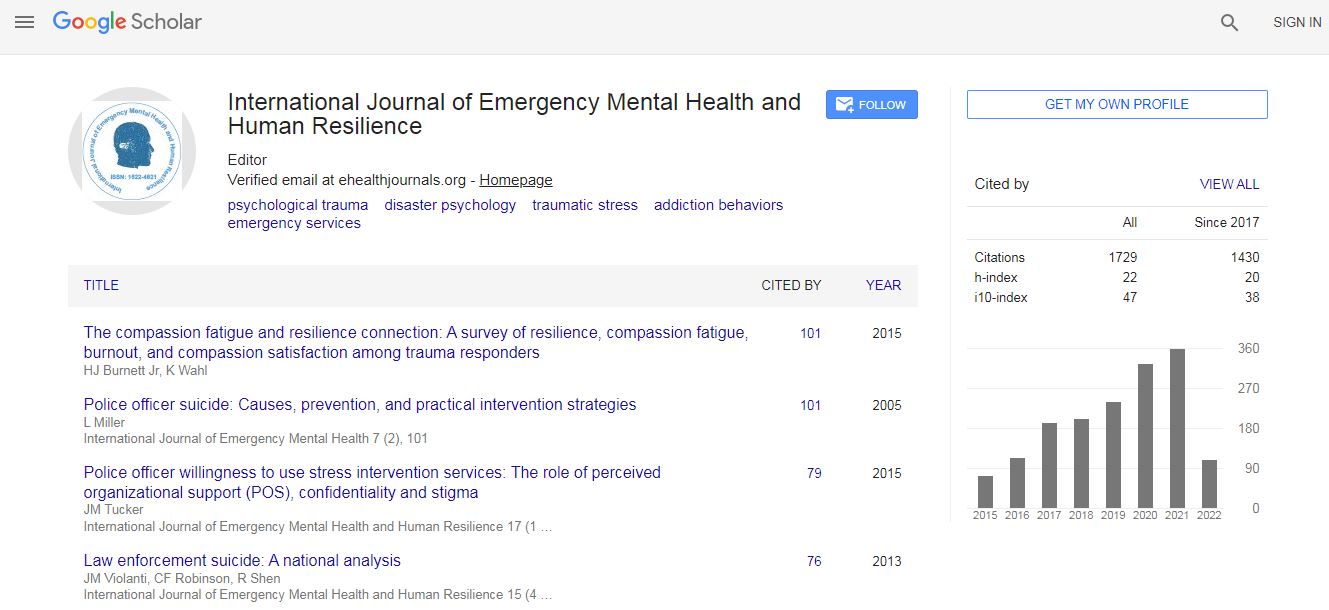Editorial
Recommendations for Inpatient Psychiatric Treatment for Suicidal Adolescents
Abstract
There is a great need for research that would provide empirical support for interventions and approaches to acute care that reduce the morbidity and mortality of suicide-related thoughts and behaviors in adolescents (Corcoran et al., 2011). The treatment adolescents currently receive on inpatient psychiatric units is sub-par, and this is not due to the experience and skills of clinicians, but rather, the larger system of psychiatric care in the United States. When parents agree to psychiatric hospitalization for their adolescents, they typically believe their adolescents will receive treatment at these units. However, rather than receive the active treatment they need on these units, they are essentially held there until they are “stable enough” to receive community-based residential treatment or outpatient treatment. This is an extremely ineffective way to treat adolescents with active suiciderelated thoughts and behaviors. Why not take advantage of the time when they are in crisis to deliver evidence-based treatments in brief formats but intensive doses? Currently, there are no evidence-based psychiatric inpatient treatments that have been found to reduce the frequency of suicide-related behaviors or suicide attempts subsequent to discharge (Knesper, 2010). Therefore, there is a critical need for the development and testing of brief, but intensive, treatments that can be delivered in acute psychiatric care settings (Knesper, 2010).

 Spanish
Spanish  Chinese
Chinese  Russian
Russian  German
German  French
French  Japanese
Japanese  Portuguese
Portuguese  Hindi
Hindi 